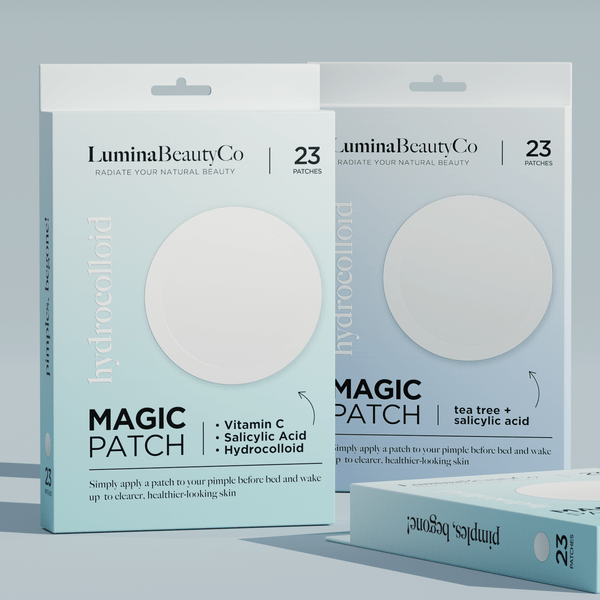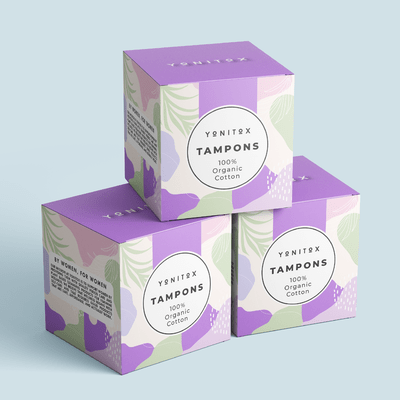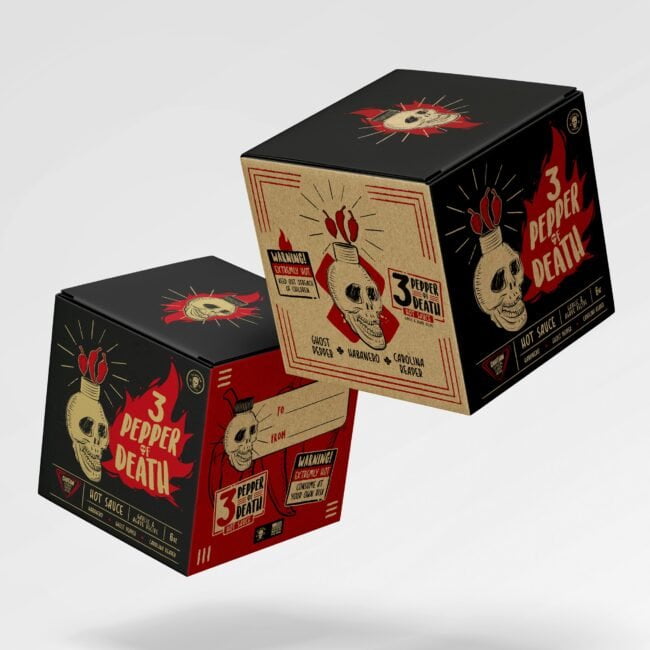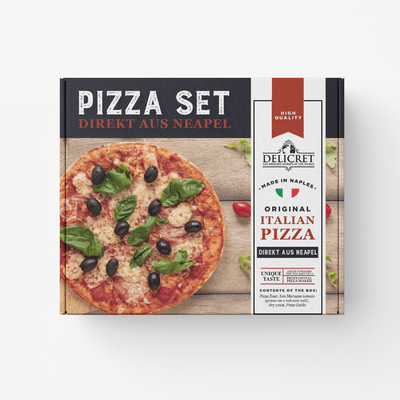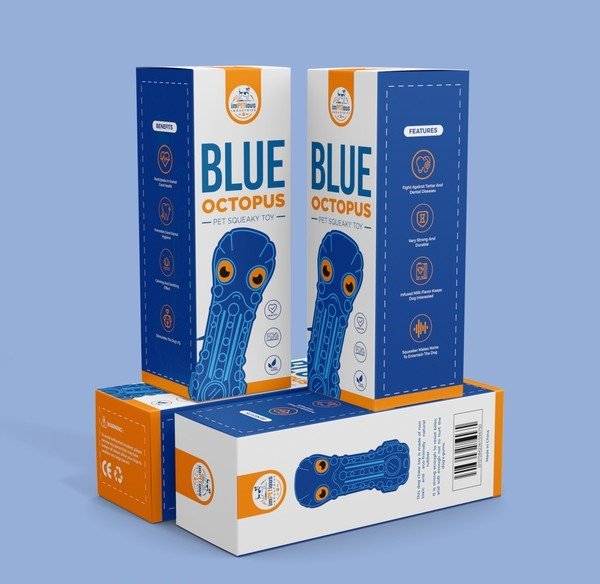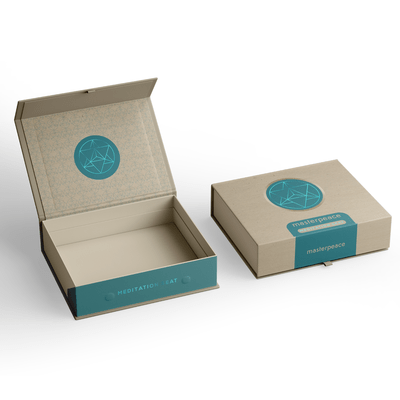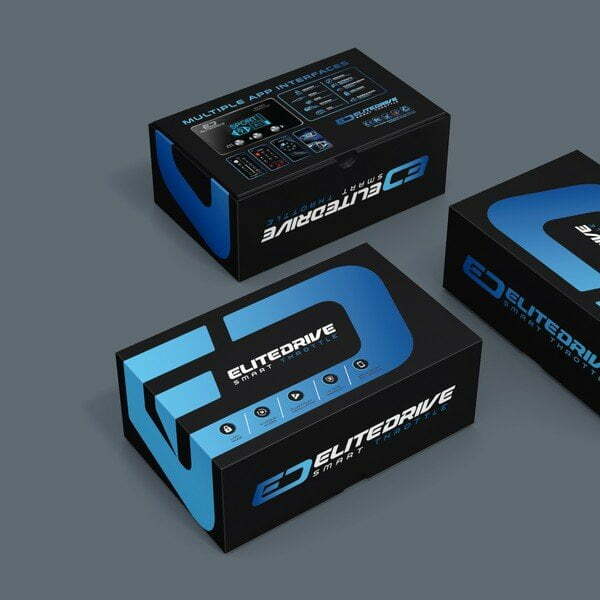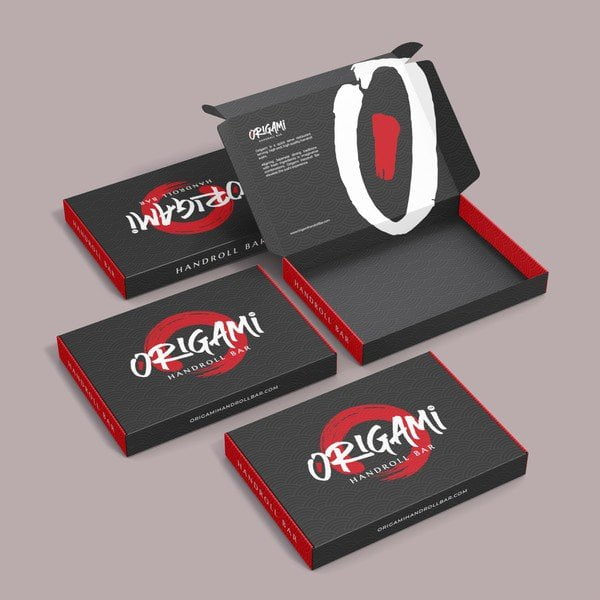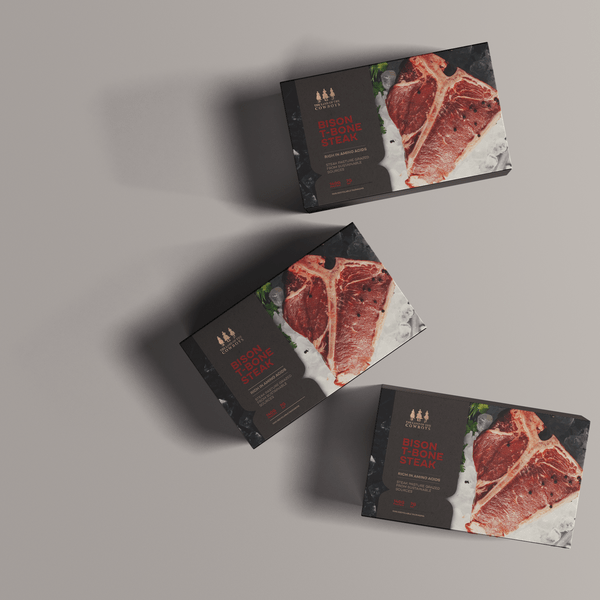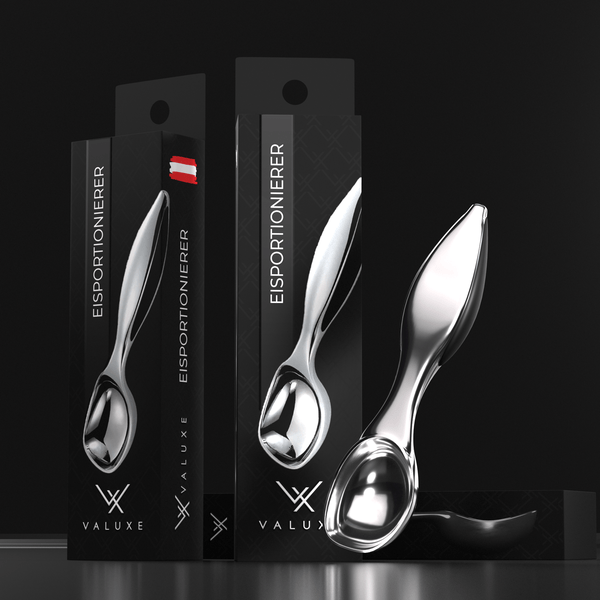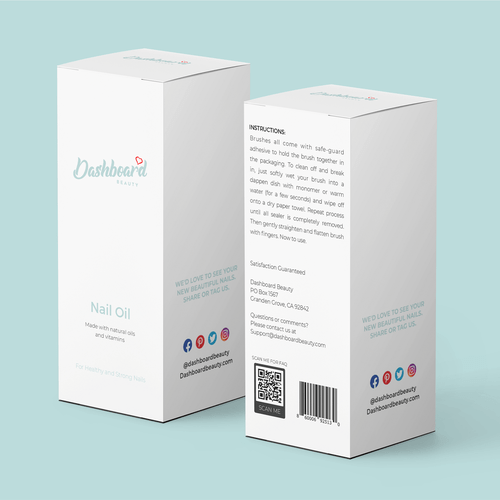Sustainability isn’t just a moral choice—it’s a market signal. In a category where advertising is restricted, the pack is one of your most powerful touchpoints. Eco-friendly Cigarette Boxes can reduce costs, strengthen retailer relationships, and improve brand perception among adult consumers—all while keeping you compliant in tough regulatory environments.
This guide breaks down why sustainable packaging sells, what makes a pack genuinely eco-friendly, and how to transform your specs without risking quality or speed to market. You’ll find practical materials advice, design strategies, vendor checklists, and a simple ROI model you can put to work on your next production run.
Why Sustainable Packaging Sells in Tobacco
Even with marketing constraints, packaging remains visible, tactile, and memorable. Sustainability elevates that experience in ways that matter commercially.
- Consumer preference: Adult buyers increasingly notice packaging impact. They value clear, honest sustainability cues—responsibly sourced board, recyclable structures, reduced plastic, and low‑VOC inks.
- Retailer pressure: Retailers are setting packaging standards of their own, prioritizing suppliers who reduce waste, optimize case packs, and cut damage in transit.
- Regulatory momentum: Extended Producer Responsibility (EPR), plain‑pack rules, and track‑and‑trace systems raise the bar. Designs that simplify compliance and end‑of‑life handling are safer bets.
- Cost and resilience: Right‑sized materials, fewer components, and standardized die‑lines lower per‑unit cost and reduce supply chain risk.
When you execute well, sustainable Eco-Friendly Cigarette Boxes become a quiet but persistent reason to pick, stock, and reorder your products.
What Makes Eco-Friendly Cigarette Boxes?
Sustainability is a system, not a single material choice. Focus on improvements that survive production realities and end-of-life conditions in your key markets.
1) Materials that matter
- FSC- or PEFC-certified paperboard: Verifies responsible fiber sourcing and supports ESG reporting.
- Recycled content FBB/SBS: Incorporate post‑consumer or post‑industrial content while maintaining print fidelity.
- Mono‑material design: Favor paper-first construction so the entire pack travels one recycling stream.
2) Inks, coatings, and adhesives
- Water-based or vegetable/soy‑based inks: Reduce VOCs and improve de‑inking during recycling.
- Aqueous or dispersion coatings: Replace laminates where possible; choose scuff‑resistant formulas for pocket carry.
- Adhesives: Low‑migration, repulpable glues that won’t contaminate recycling mills.
3) Overwrap and inner components
- Overwrap alternatives: Where regulations allow, consider certified compostable cellulose film or ultra‑thin BOPP with verified recycling pathways.
- Inner liners: Aluminumized paper or recyclable barrier papers to maintain product integrity with less plastic.
- Tear tapes: Paper-based tapes with consistent tear performance to avoid double-wrapping and returns.
4) Light‑weighting and right‑sizing
- Optimize caliper: Use the thinnest feasible board that still survives pocket carry, humidity, and stacking.
- Die‑line discipline: Trim unneeded flaps and glue areas; reduce total material per pack and per master carton.
5) Clean energy and data
- Pressrooms powered by renewables: Prefer vendors with documented carbon reductions.
- LCA and EPDs: Use life‑cycle assessments and environmental product declarations to support claims.
Build these elements into your Cigarette Boxes early, and you’ll avoid expensive redesigns later.
The Business Case: How Eco Packaging Lifts Sales
Sustainability earns its place when it moves the numbers. Here’s how it typically does:
Shelf appeal and perceived quality
Clean print with low‑gloss, soft‑touch, or matte aqueous coatings signals care and craftsmanship. Subtle tactile upgrades that remain recyclable can make Eco-Friendly Cigarette Boxes feel premium without violating plain‑pack rules where they apply.
Trust and brand equity
Clear recycling instructions, honest material claims, and consistent workmanship build credibility with adult consumers and retailers. Trust shows up as repeat purchases and fewer complaints.
Retailer acceptance and visibility
Retailers prefer products that stack well, resist scuffing, and minimize shrink. Durable, right‑sized packs reduce damage—leading to more front‑facing facings and better placement in store plans.
Cost reductions that fund growth
- Material savings from light‑weighting
- Fewer returns due to crushed packs
- Standardized die‑lines that speed changeovers
- Lower freight cost per unit from tighter palletization
Those savings can directly fund innovation or price investment on key SKUs.
Compliance as a competitive advantage
When eco design simplifies warning panel placement, tax stamp application, and track‑and‑trace coding, you cut reprint risk and keep inventory flowing. Reliable supply is an underappreciated sales lever.
Design Strategies for Sustainable Success
Sustainability doesn’t have to fight performance. Design with intent so the pack functions beautifully from press to pocket.
Prioritize mono‑material construction
Limit plastics and foil where possible. Use paperboard structures with recyclable or compostable coatings. If you must use a barrier, select options compatible with local recycling streams and disclose that honestly.
Engineer for toughness
Pocket carry is harsh. Specify anti‑scuff aqueous coats on high‑touch areas, reinforced creases, and inner frames that resist crushing—without jumping up a caliper grade.
Print with restraint
High-coverage dark solids show wear faster. Consider mid‑tone palettes and precise typography, always leaving space for mandated health warnings. In standardized markets, invest in production accuracy and consistent color to protect professionalism.
Lean into tactile cues
Embossing or debossing can elevate feel without compromising recyclability when used sparingly. Pair with soft‑touch aqueous coats rather than laminates to keep packs curbside‑recyclable where allowed.
Make sustainability visible but truthful
Add small, verified icons (FSC, recycling instructions) and a line of copy explaining the change. Keep claims conservative and evidence‑based to avoid greenwashing.
A Practical Roadmap to Greener Packs
You don’t need to flip your entire portfolio at once. Move in sprints that deliver quick wins while de‑risking change.
0–30 days: Audit and align
- Gather current specs, coatings, inks, and adhesives.
- Map regulatory requirements per market.
- Identify quick wins: lighter caliper, aqueous coat swap, recycled content.
30–60 days: Prototype and test
- Build white dummies and printed prototypes of new Eco-Friendly Cigarette Boxes.
- Stress-test for pocket carry, humidity, and machine speed.
- Validate barcode/serialization and warning layout.
60–90 days: Pilot and measure
- Run a controlled pilot in one region or SKU.
- Track sell‑through, damage rates, and retailer feedback.
- Adjust specs; prepare vendor capacity and SOPs for scale.
90+ days: Scale and communicate
- Roll out updated specs.
- Provide a one‑page sustainability explainer for retailers.
- Update artwork with accurate recycling and certification marks.
Measuring ROI: From Good Intentions to Hard Numbers
Tie sustainability to outcomes your finance team will recognize.
- Material cost per thousand: Savings from reduced caliper and simplified components.
- Conversion yield: Waste reduction on press and during gluing/packing.
- Damage and return rates: Pre/post improvement percentage.
- Lead time stability: Fewer reprints due to compliance or scuff issues.
- Retailer scorecards: Placement, compliance, and on‑time delivery metrics.
- Brand health: Complaint volume, repeat purchase signals, and customer service tickets.
A simple model: Net impact = (Material and freight savings + reduced returns + incremental sell‑through) − (R&D, prototyping, and any premium for certified inputs). Review quarterly and reinvest wins into broader upgrades.
Avoid These Common Pitfalls
- Over‑promising: Vague claims invite scrutiny. Anchor every statement to data or certifications.
- Hidden contamination: Laminations, hot‑melt glues, or metallic foils can derail recyclability. Verify with your mill or a packaging lab.
- Overwrap missteps: Compostable films need the right end‑of‑life infrastructure. If curbside isn’t ready, choose the best widely recycled option and explain it clearly.
- Ignoring machine reality: Beautiful samples are meaningless if they can’t run at speed. Run line trials early.
- One‑size‑fits‑all specs: Climate, humidity, and retail practices vary by market. Localize where needed.
Choosing the Right Supplier for Eco Upgrades
Your packaging partner makes or breaks execution. Evaluate them on sustainability and operational muscle.
- Compliance fluency: Experience with TPD, FDA, plain‑pack standards, and track‑and‑trace.
- Material access: FSC-certified boards, high‑recycled content, water‑based inks, dispersion coats.
- Security features: Ability to integrate serialization, tax stamps, and overt/covert markers without adding plastic.
- Color and quality: G7/ISO color control, inline vision systems, retained samples, and traceability.
- Capacity and speed: Can they absorb volume spikes and maintain sustainability specs?
- Transparency: Clear quotes identifying board grade, caliper, ink system, coatings, waste factors, and energy sources.
Ask for a sustainability data sheet for their Cigarette Boxes, including recycled content, VOC metrics, and any renewable energy usage.
Plain-Pack and Regulated Markets: Where Craftsmanship Wins
When branding real estate shrinks, execution quality shines. Precision warning placement, tidy folds, scuff‑resistant aqueous finishes, and robust inner frames quietly communicate reliability. In these markets, the sustainability story lives in durability, recyclability, and operational excellence—attributes retailers and adult consumers notice even without overt branding.
Case-Inspired Moves You Can Make Now
- Swap plastic lamination for a high-durability aqueous coating; test scuff on pocket carry.
- Move to 30–50% recycled content board and validate print fidelity with Pantone targets.
- Standardize die‑lines across SKUs to cut tooling waste and reduce changeover time.
- Replace BOPP tear tape with paper-based tape that maintains clean, consistent tears.
- Add a small recycling panel explaining how to dispose of the pack in your top markets.
Each change is incremental; together they add up to meaningful impact—and a measurable commercial edge.
Conclusion: Make Sustainability Your Silent Sales Driver
Eco‑friendly Cigarette Boxes don’t just check an ESG box—they lower costs, simplify compliance, and help your products look and perform better on shelf. Start with an audit, prototype quickly, test in market, and scale what works. With the right materials, coatings, and vendor support, sustainability becomes a repeatable way to win adult consumers and retail partners—quietly, consistently, and profitably.
Ready to see the difference in hand? Request prototype samples built to your current die‑lines, plus a side‑by‑side using recycled content and aqueous finishes. Put them through pocket, humidity, and machine tests—then roll out the winner.
FAQs
What makes “truly” Eco-Friendly Cigarette Boxes?
A credible mix of responsibly sourced paperboard, recycled content, water‑based inks, recyclable/compostable coatings, and mono‑material structures—validated by certifications and line trials that prove durability.
Will eco materials raise my costs?
Not necessarily. Light‑weighting, simpler components, and fewer reprints often offset any premium for certified inputs. Many brands see neutral or positive cost outcomes after optimization.
Can eco upgrades work in plain‑pack markets?
Yes. Focus on production quality: precise warning placement, scuff‑resistant aqueous coats, and strong inner frames. Sustainability shows up in reliability and recyclability rather than decorative finishes.
Are compostable overwraps a good idea for Eco-Friendly Cigarette Boxes?
It depends on local infrastructure. Certified compostable cellulose films can work, but only if end‑of‑life conditions exist. If not, choose a widely recycled option and communicate disposal guidance clearly.
How do I measure ROI on sustainable packaging?
Track material/freight savings, damage and return reductions, setup time improvements, retailer scorecards, and sell‑through changes. Compare against R&D and any material premiums to quantify net impact.
